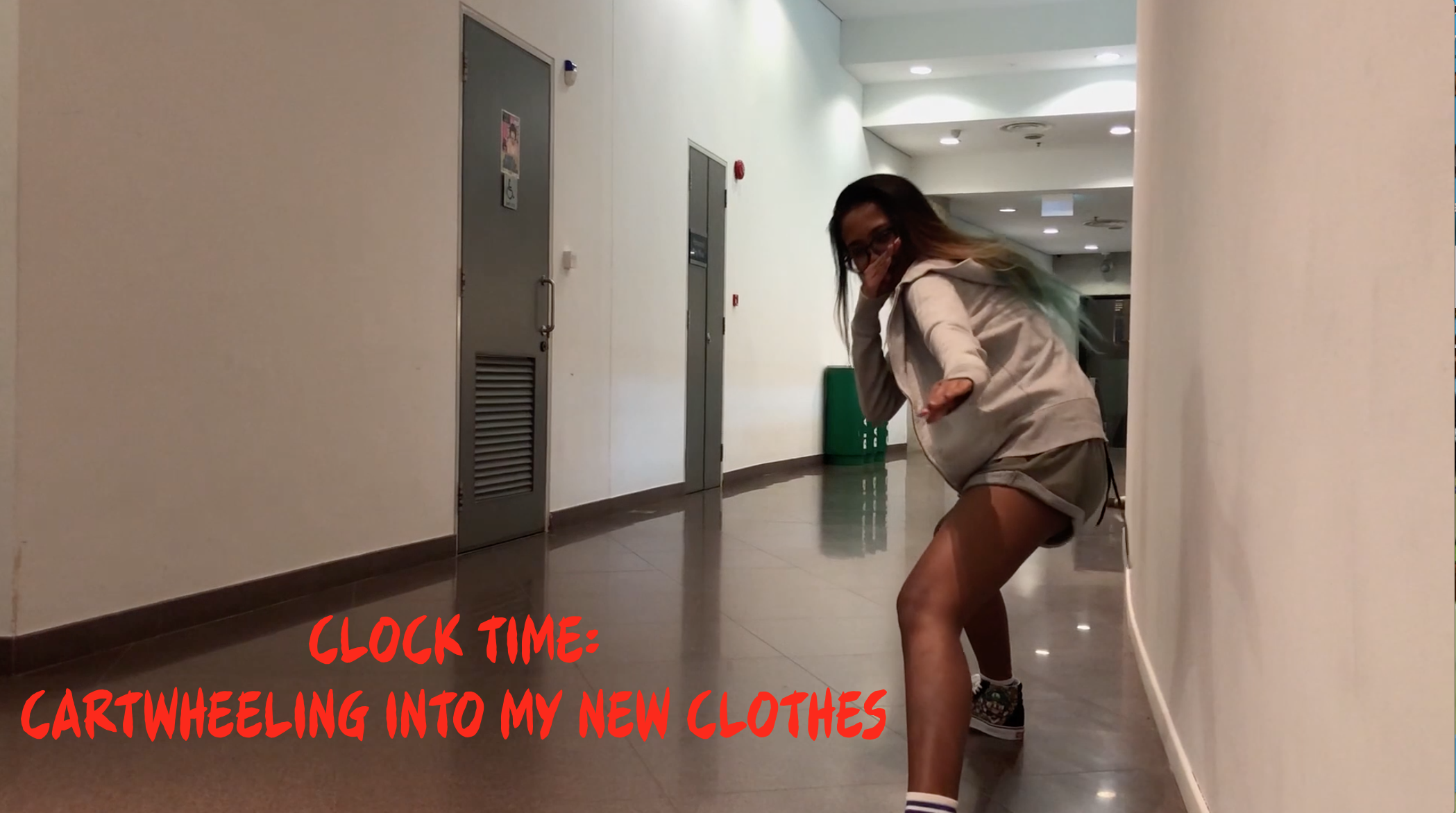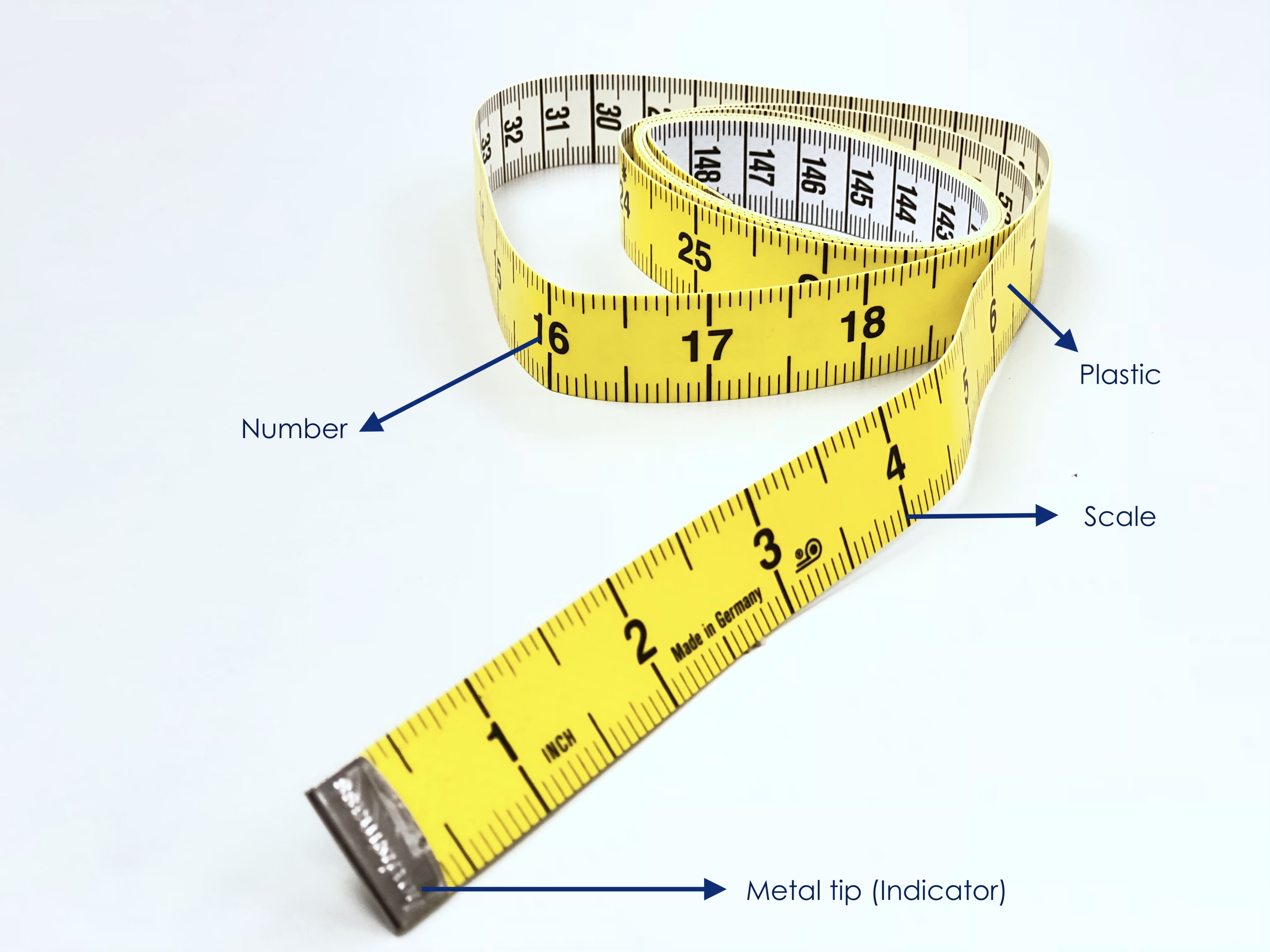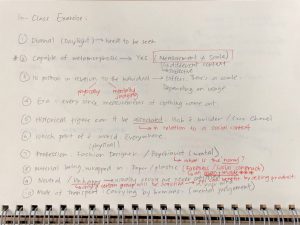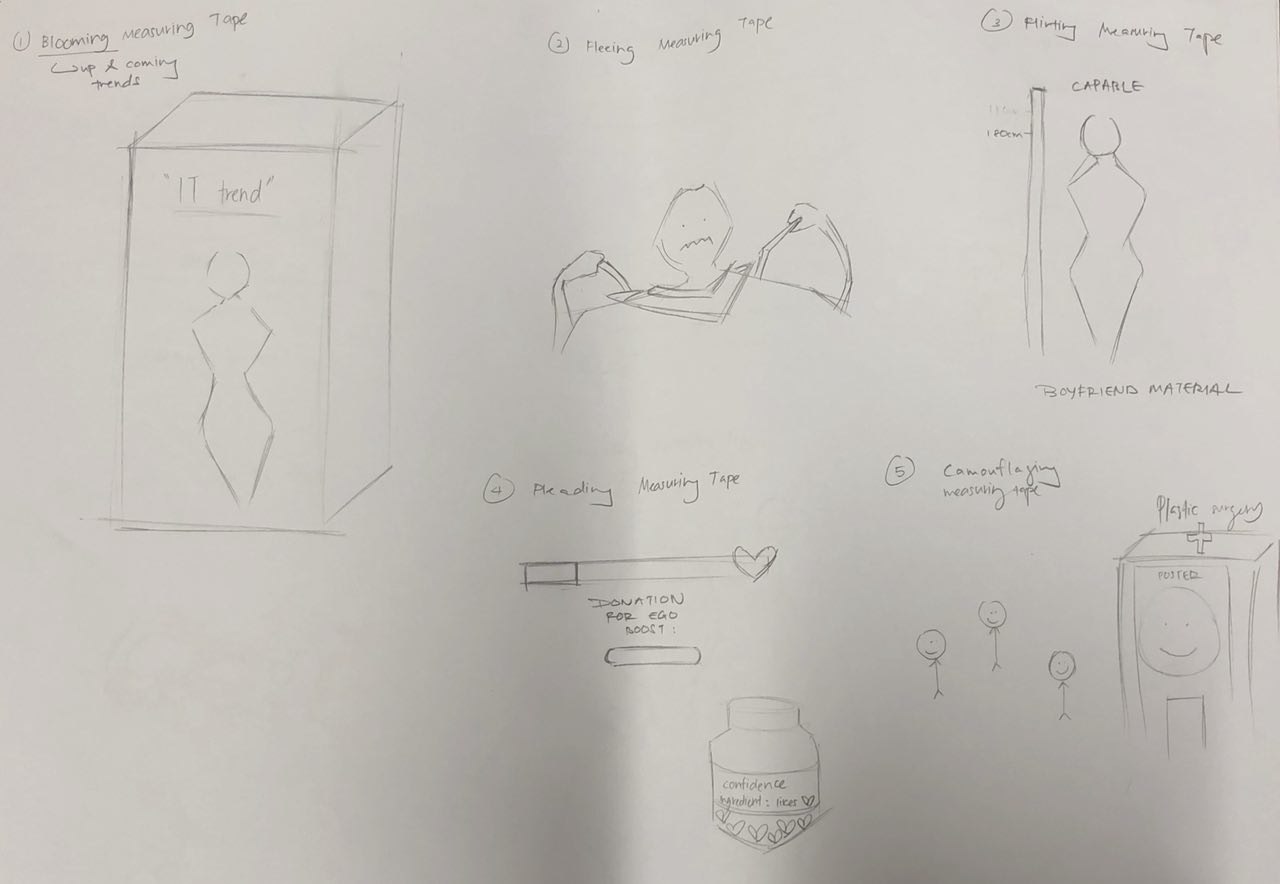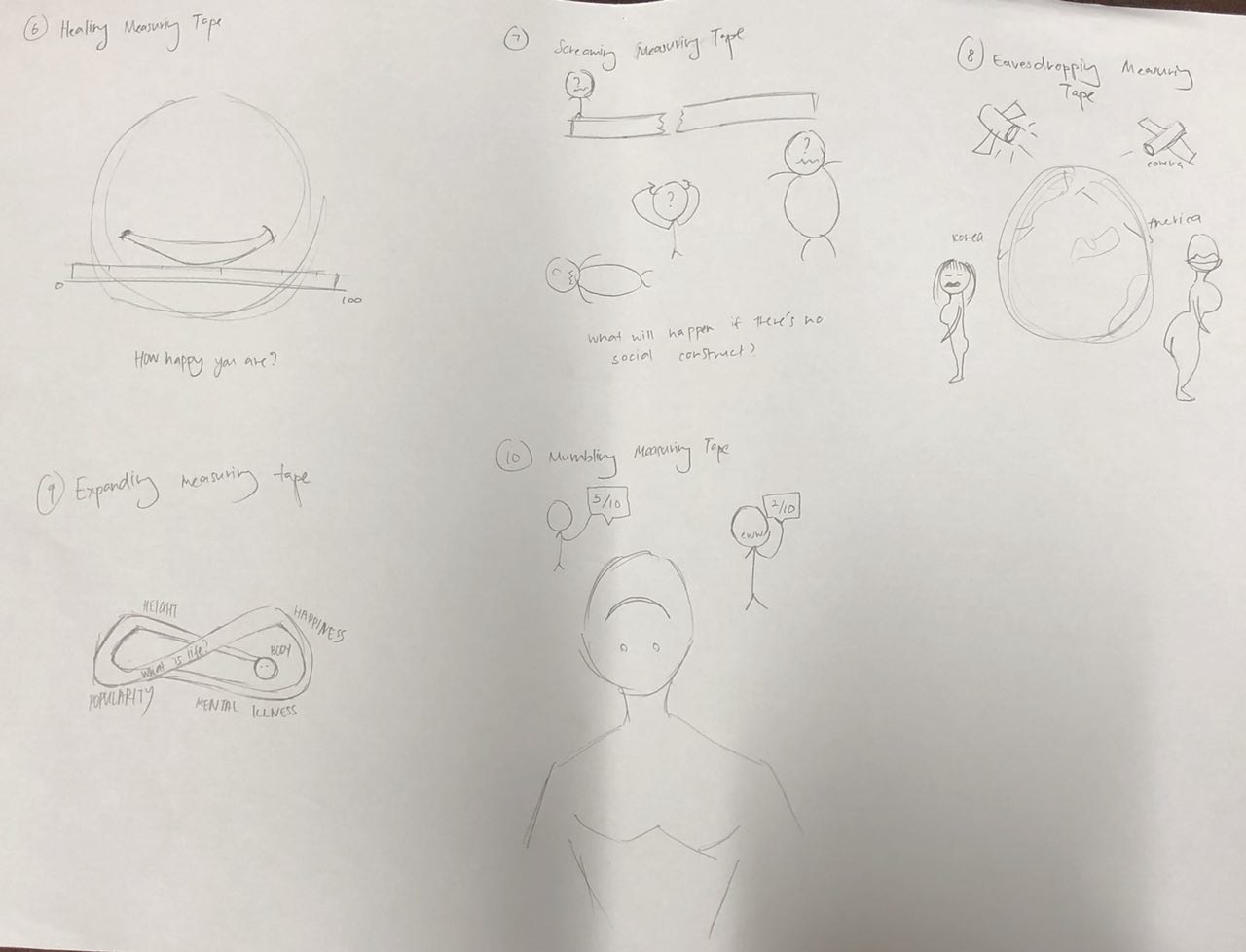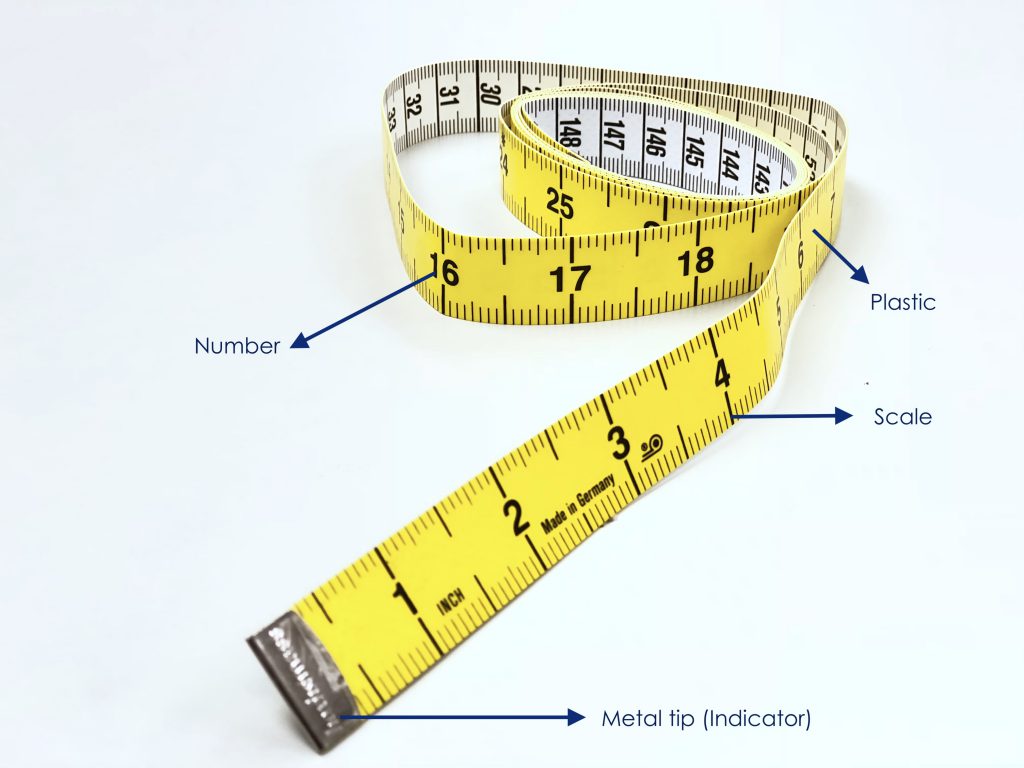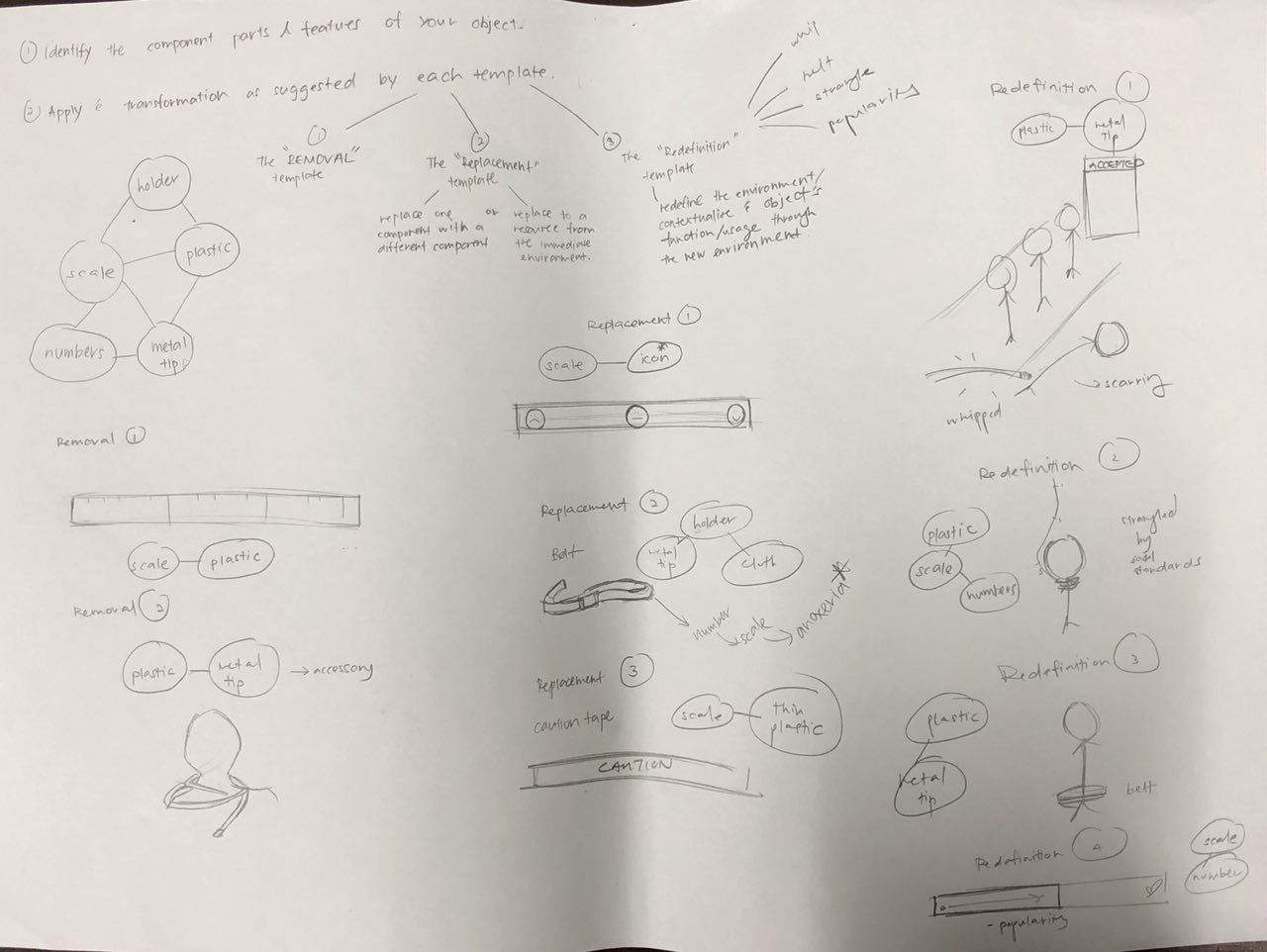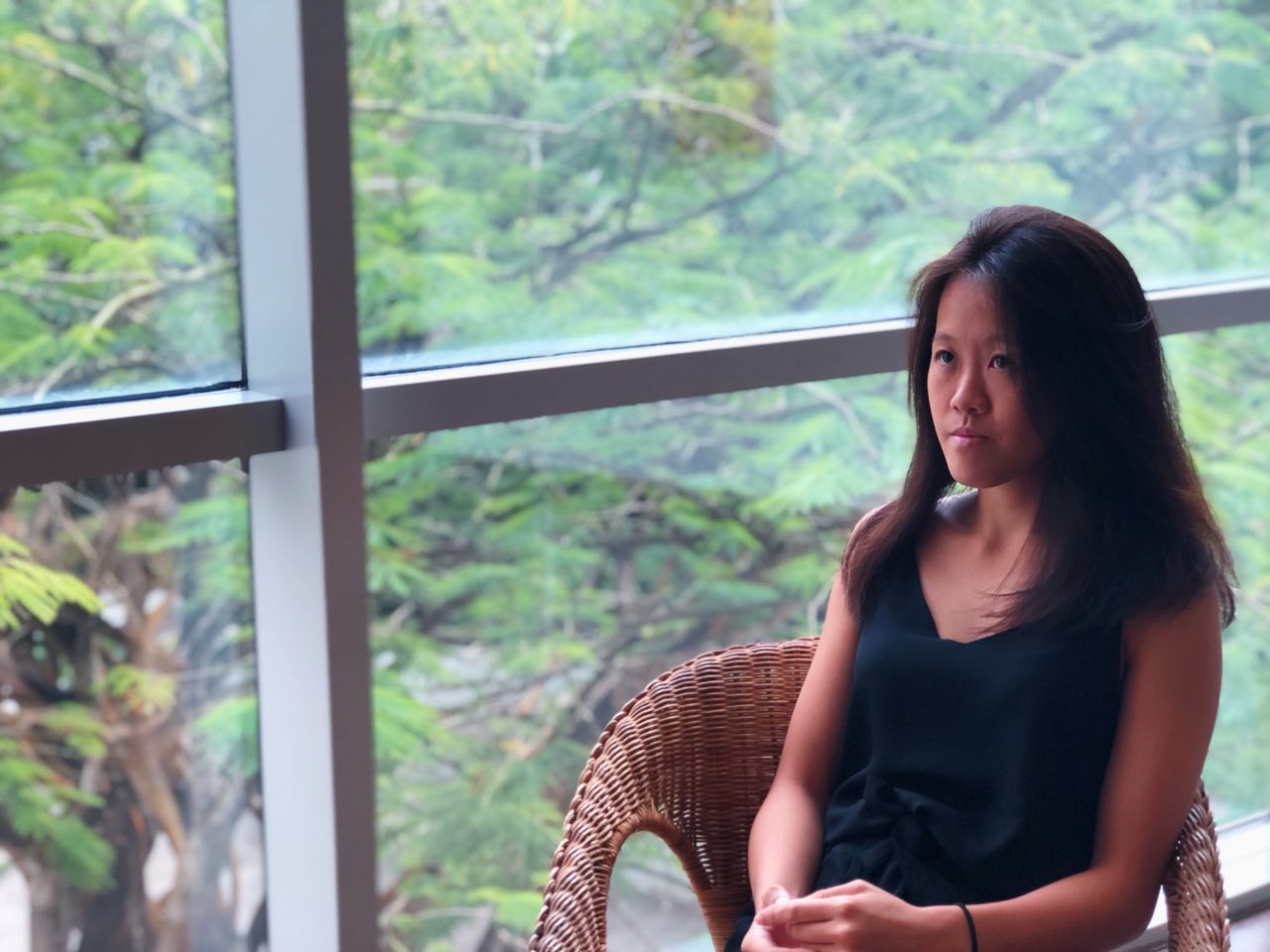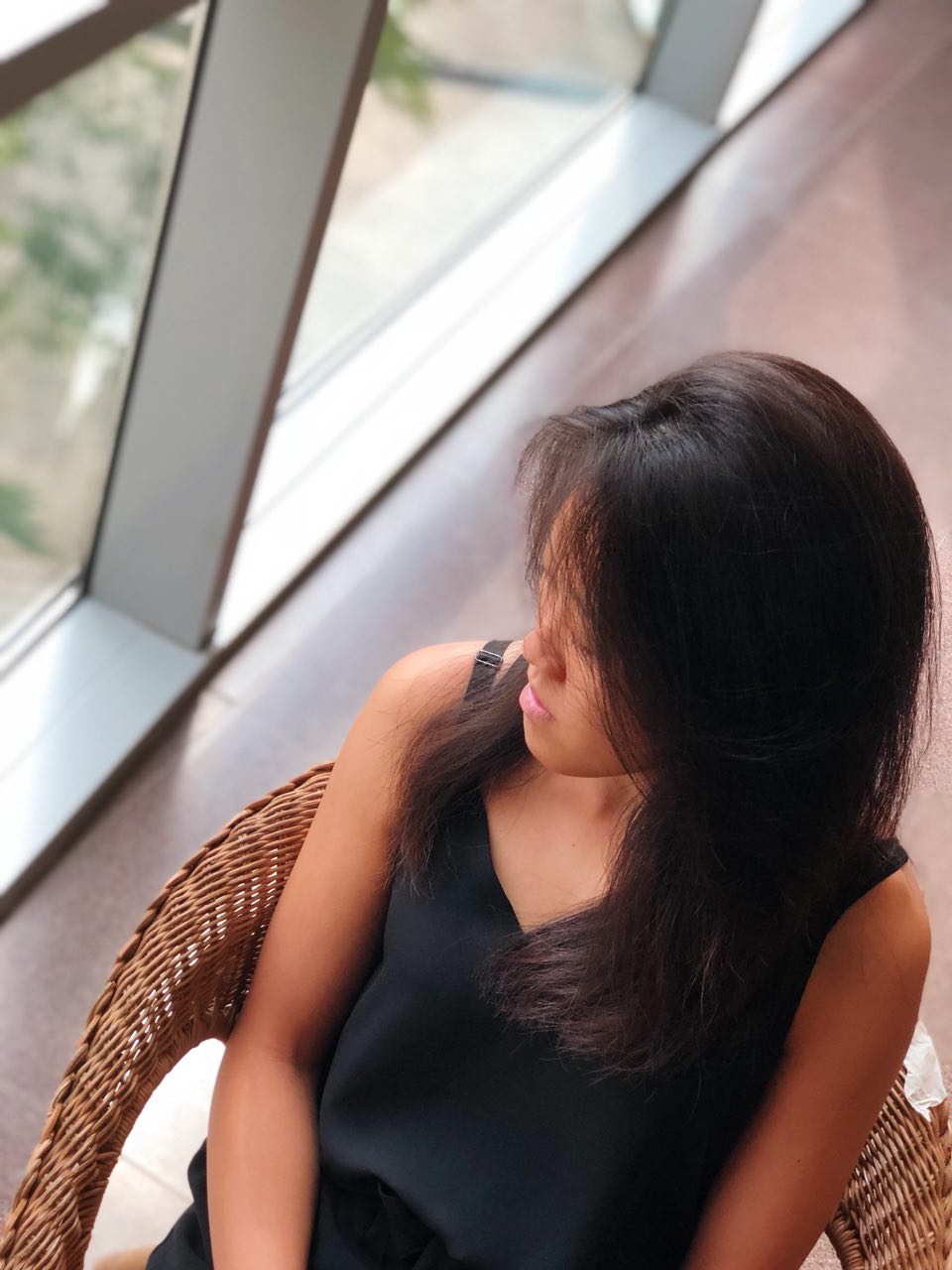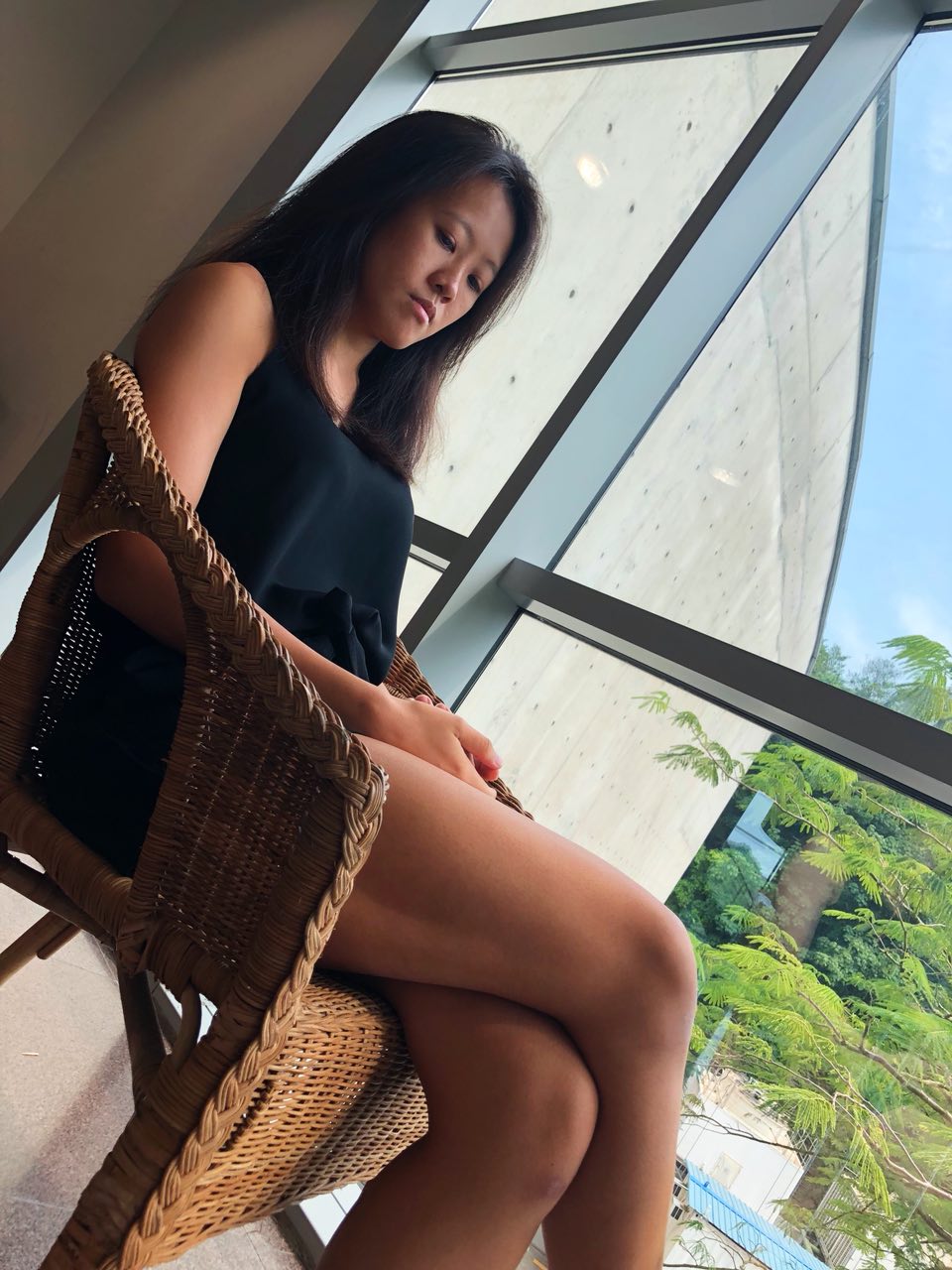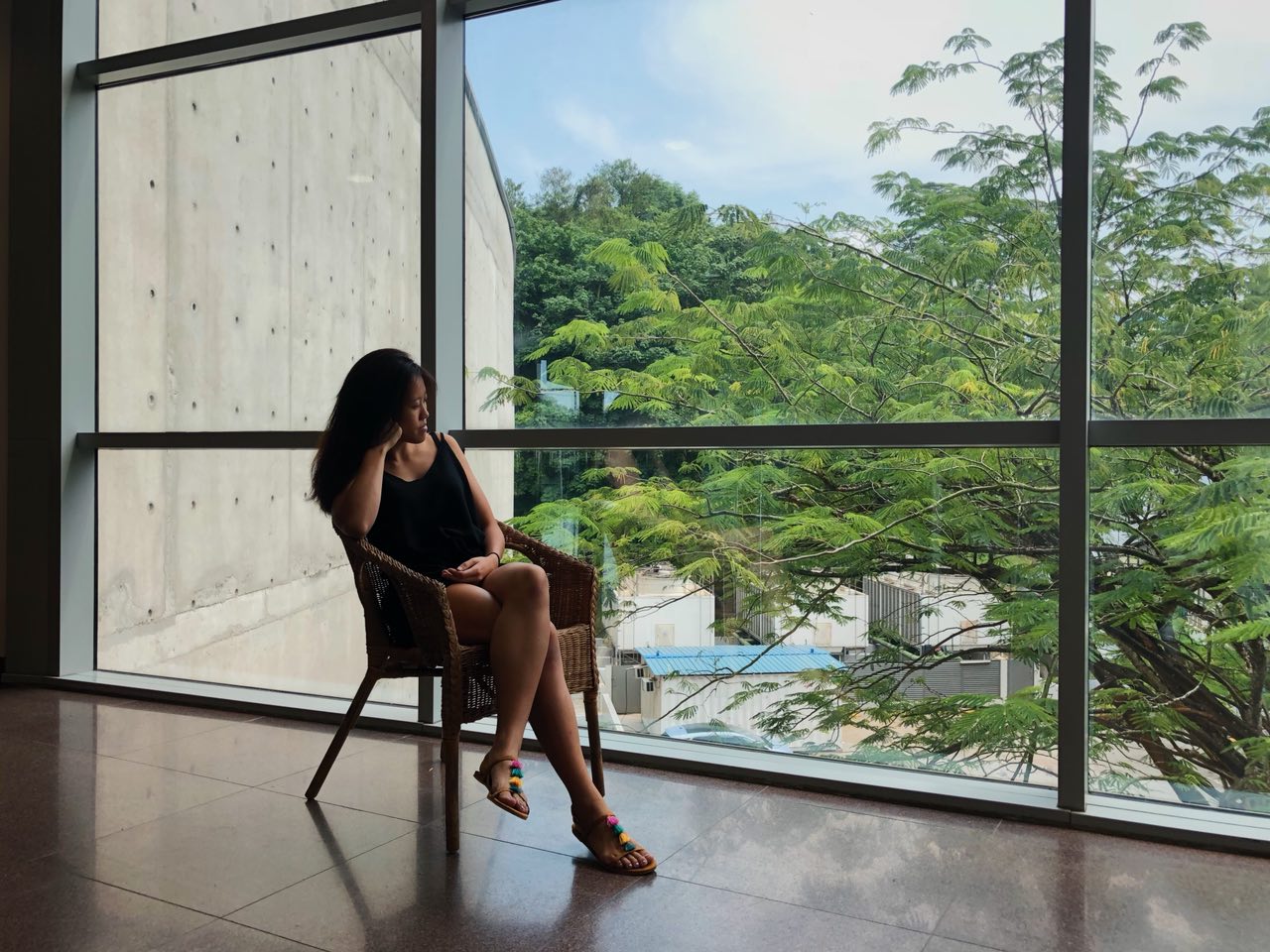Revisiting Project 3 Impossibilities of Being – “Safe Haven” which is about a mental patient with depression and suicidal thoughts who thinks that the mental hospital she’s in is a safe haven. In addition, the two different perspectives of reality between the protagonist and the protagonist’s family member.
We have to review our Project 3’s visuals and soundscape and re-evaluate it in terms of:
- Rhythm
– Regularised repeating of movement or sound. (Visual or sound)
-Occur when repetition is present.
-Rhythm establishes a sense of mood and timing.
-Irregularity creates anticipation leave audience confused, scared or amused.
- Movement
-A shift or variation in the location of an object, light or sound.
-Effective way to direct focus
-Successional movement – leads the eye in one direction (one after another)
-Oppositional movement – leads the eye in a difference with a clash of forces.
-Stillness or absence of movement allows contrast within the work. (Perceived absence of movement)
-Movement much like sound, has distinct parts:
- Attack (Onset, growth, birth)
- Sustain (Steady-state, duration, life)
- Decay (Fall-off, termination, death)
- Causality
-The principle that everything has a cause and effect.
-Causality implies expectations, and artist can use this sense of anticipation or suspense to establish any number of situation with expected or unexpected outcomes.
- Duration
-The overall length of time (a work or a portion of a work lasts).
-Too long or too short, it loses its power to affect the participant.
Identifying these principles in Project 3 – ‘Safe Haven’:
Rhythm
Both regularity and irregularity of rhythm were present in my video. The overall emotional graph for the soundscape begins with a non-diegetic happy background music which is disrupted into a thrill, suspenseful and psychotic feeling.
00:15 – 00:20 – A rhythmic ticking sound which shows the inner mind state of the protagonist’s anxiety which reinforced her feelings of fear and anxiousness.
00:20 – 00:24 – The repetition of stomping of the feet gets amplified and louder as the doctor approaches nearer to the protagonist.
00:38 – 00:43 – The rhythmic and repeated sound of the beeping and water dripping creates a calm ambience.
In addition, there’s irregularity in the soundscape where the rhythmic sounds are disrupted by loud camera shutters for transitioning scenes and it creates feelings of anticipation or suspense because they know something scary or frightening will happen next. The irregularity of visuals of the protagonist’s psychotic behaviour and smooth flow of soundscape disrupted by camera shutter creates an oppressive and confined environment that the protagonist is in.
Movement
For visual movement, the view of doctor’s footsteps approaching the protagonist in the alleyway becomes bigger and the stomping sound of the feet is amplified which uses successional movement to have direct focus on the feet to show the audience that the protagonist is fearful of the doctor.
In addition, there’s a smooth transition and panning of the camera of the family member holding the protagonist’s mental hospital invoices so that the audience have time to process the hints given in the short film of where the protagonist is and why she’s being confined and treated like a patient.
For sound movement, there’s a transition of smooth and relaxing non-diegetic sound of the dream-like safe haven that the protagonist have in mind in the beginning to disruptive and quick transitions of diegetic sound brings us back to reality. Distinct parts such as ‘Attack’ , ‘Sustain’ and ‘ Decay’ is present in my short film.
In terms of ‘Sustain’, there’s a calm and relaxing perspective of the protagonist’s view on the location she’s in because that’s the reality she accepted readily – using a happy non-diegetic music track.
In terms of ‘Attack’, the faded, dream-like perspective is soon disrupted with quick non-diegetic sound which reinforces the movement of the clear visuals. However, I felt like I should increase the opacity of the faded effect in the beginning so the transition of a dream-like perspective to reality is more prominent. Hence, this section of the soundscape and visuals bring a new revelation that the protagonist is in a mental hospital for the audience.
In terms of ‘ Decay’, the ending where the protagonist whacks the camera and it turns black as the beeping sound went dead shows that in reality, the protagonist is already dead inside and she’s in own made up world, being confined and trapped in a hell zone in the eyes of her family member.
Causality
For this video, I’m trying to portray the different perspective of being in a mental hospital to the protagonist and her family member. I managed to make the audience realised it’s a mental hospital instead of a dream-like safe haven which is perceived by the protagonist. By adding unexpected elements and twist of events of a unknown white figure with blue gloves taking her away and strapping her onto the bed to create suspense of what’s going to happen next and the location she’s in, revealing her depression through drawings and slits from her suicide attempts to the audience to give hints that she’s in a mental hospital. In addition, using linear narrative, I revealed the protagonist’s family member holding the mental hospital invoices so the audience can piece all the hints together. Some of the audience told me that they felt like the protagonist is playing all the character in the short film which showcase her being mentally unstable about her whole acceptance of reality. Hence, giving off a psychotic feeling which I’m trying to achieve.
In terms of causality and sound, after the protagonist fell and the happy music background is disrupted by a loud thud, the faded dream-like effect of the video disappears and it becomes really clear to show reality. Also, using ticking sound to show the protagonist’s inner mind state of being anxious and creating anticipation and curiousity for the audience about what’s gonna happen next.
In addition, at the end of the video when the protagonist is showing her unusual behaviours which caused her to be in a mental hospital. There’s an irregularity and quick transitions of sound and visuals which leads to the protagonists staring intensely at the camera and whacking it away to engage with the audience, leaving them feeling confused and shocked at her violent and weird behaviour.
Duration
The overall duration of the video is one minute. I felt like I needed an extra 10 seconds to build up the story and interest for certain scenes like the drawings which represented the protagonist’s depression and suicidal thoughts so the audience can fully understand the reason why she’s in a mental hospital (story). The audience felt that the scene was too fast and I should have slowed down a bit and showed all the drawings so, it will evoke a sense of emotion about the well-being of the protagonist.
Overall, I managed to showcase the thrill and suspense during the encounter of the protagonist and the doctor and at the end of the video to show the psychotic side of the protagonist – using quick transitions by using camera shutter sound for the different visuals of her unusual behaviour.



